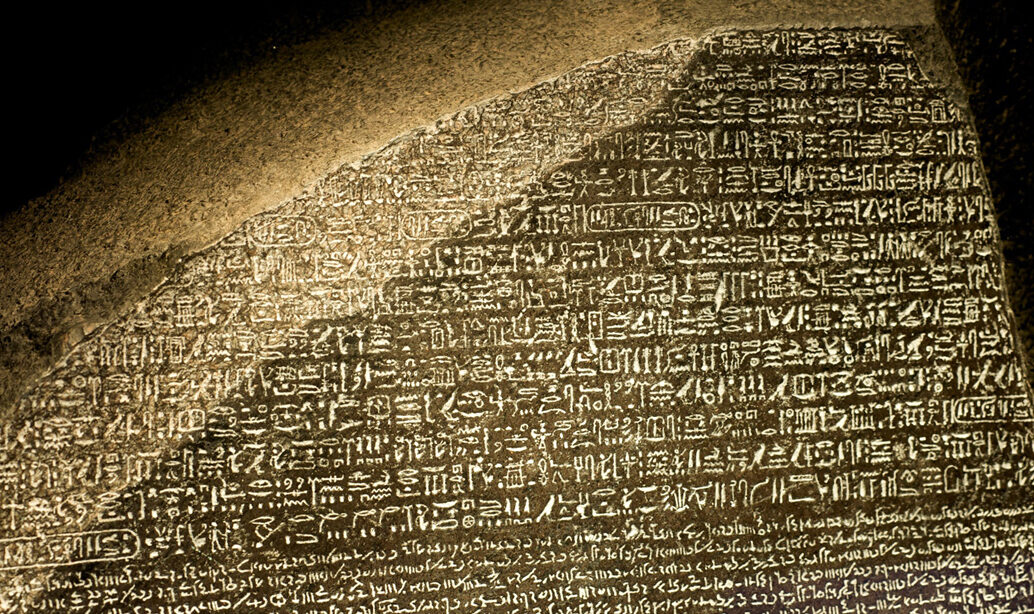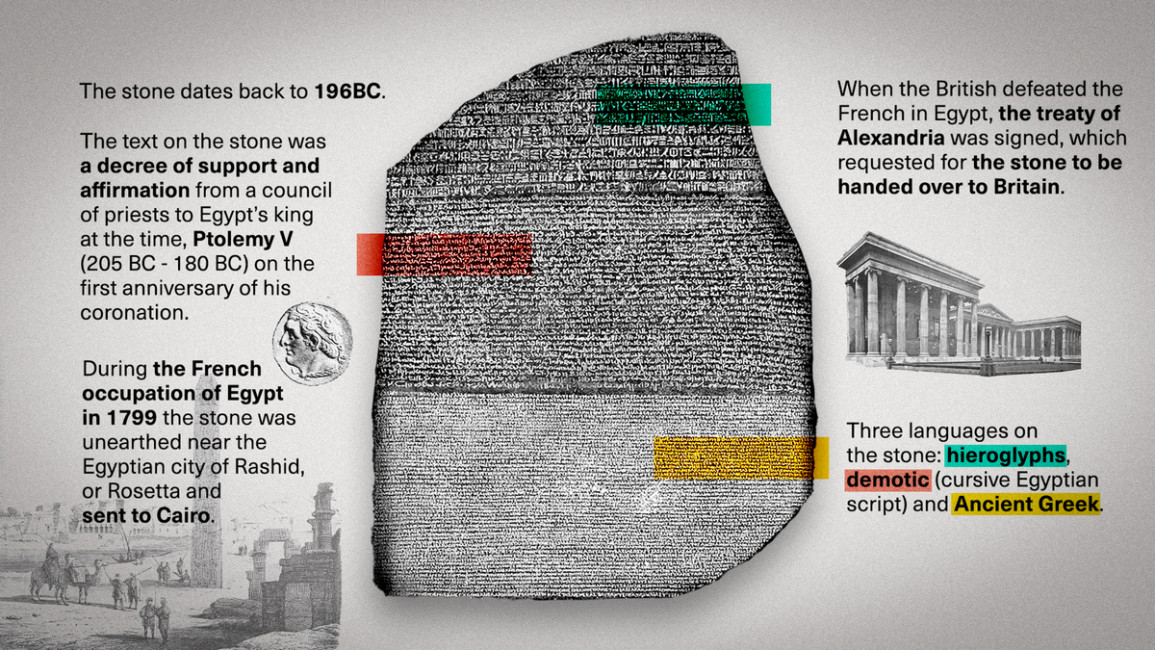
SEO Content vs. Newsletter Content: Getting Results
July 7, 2023How to Start a Foundation for Your Nonprofit Organization
July 12, 2023Rosetta Stone Traveling Exhibit Project

Rosetta Stone Traveling Exhibit Project is Joel Freeman’s newest international enterprise. Here’s what Freeman has to share about his passion and the future of the Rosetta Stone.
The “Rosetta Stone,” as it is known, has become a metaphor…
…a metaphor for anything that is important to the process of decryption or the unraveling of a complex problem — cracking a code of some sort. Perhaps even a universal metaphor for hope, creativity and perseverance for many who are trying to learn a new language, attempting to solve a relational puzzle, or seeking to decipher the cryptic issues of these tough economic times. Or, let’s look at it from another perspective — What if we have been able to “crack the code” to the development of what some might call the Rosetta Stone of replicas?
The Rosetta Stone. Uncovered by French soldiers on the west bank of the Nile in 1799 during the Napoleonic Egyptian Military Campaign, this 1,700 pound slab of rock was utilized to crack the code to hieroglyphics — revealing the secrets of ancient Egyptian.
Rosetta Stone Traveling Exhibit Project
Help us turn this ancient artifact into a modern metaphor for problem solving and critical thinking.
Under the umbrella of the Freeman Institute Foundation, Dr. Joel Freeman has designed a plan for a family-oriented 5,000 sq. ft. STEM educational exhibit about the historical drama surrounding the Rosetta Stone that will astonish and delight kids of all ages across North American communities.
Once the 7-year travel orbit to museums and science centers has been completed, the exhibit will be donated to a country that will then create a static museum — helping to provide jobs and to promote tourism. A “Solutionist Institute” will be established as an outreach arm of the museum to help solve the problems of that region of the world.
The exhibit will contain four zones, with an immersive experience in each zone.
- Zone One: Napoleon, War, Hieroglyphics & Ancient Egyptian Secrets
- Zone Two: Cracking Codes
- Zone Three: Language & Culture
- Zone Four: The Use of STEM in the Creative Process
The Rosetta Clone is our guide throughout the entire exhibit. As an international rock star and celebrity impersonator, he may break into song at any time during the tour. His hits may include: “One is the Clonliest Number”, “Tears of a Clone”, or “A Clone Again (Naturally)”.
With just the right amount of confident swagger and enviable talent, the Rosetta Clone is guaranteed to be a hit with all who are privileged to be in his presence.
Once the initial exhibit template is designed and fabricated, we will then be able to develop 5,000 sq. ft. exhibits for SE Asia, China, Europe, and other parts of the world.
About the Rosetta Stone

The Rosetta Stone is a stele composed of granodiorite inscribed with three versions of a decree issued in Memphis, Egypt, in 196 BC during the Ptolemaic dynasty on behalf of King Ptolemy V Epiphanes. The top and middle texts are in Ancient Egyptian using hieroglyphic and Demotic scripts respectively, while the bottom is in Ancient Greek. The decree has only minor differences between the three versions, making the Rosetta Stone key to deciphering the Egyptian scripts.
The stone was carved during the Hellenistic period and is believed to have originally been displayed within a temple, possibly at Sais. It was probably moved in late antiquity or during the Mamluk period, and was eventually used as building material in the construction of Fort Julien near the town of Rashid (Rosetta) in the Nile Delta. It was found there in July 1799 by French officer Pierre-François Bouchard during the Napoleonic campaign in Egypt. It was the first Ancient Egyptian bilingual text recovered in modern times, and it aroused widespread public interest with its potential to decipher this previously untranslated hieroglyphic script. Lithographic copies and plaster casts soon began circulating among European museums and scholars. When the British defeated the French they took the stone to London under the Capitulation of Alexandria in 1801. Since 1802, it has been on public display at the British Museum almost continuously and is its most visited object.
About the Freeman Institute
The Freeman Institute’s® success is founded upon our ability to create a positive, reality-based culture in virtually any organization whose leadership is serious about change. Here are the twelve values advanced by the Freeman Institute.
– Listen. And then listen some more.
– Address problems with practical solutions.
– Act with purpose and passion.
– Do the details with dignity.
– Give credit where credit is due.
– Practice humility.
– Approach every day with curiosity and a sense of humor.
– Start projects worth finishing and then finish them with excellence.
– Customize each training experience to meet specific needs.
– Give more value than receiving in payment for services rendered.
– Paint all the way to the edge of the canvas.
– Gratitude for everything. Everything.
Rosetta Stone Traveling Exhibit Project was first posted at 501c3.Buzz
The post Rosetta Stone Traveling Exhibit Project appeared first on 501c3.buzz.

1 Comment
Thank you. The best link to learn more: https://RosettaCrazy.com — Looking forward to responding to any and all questions…